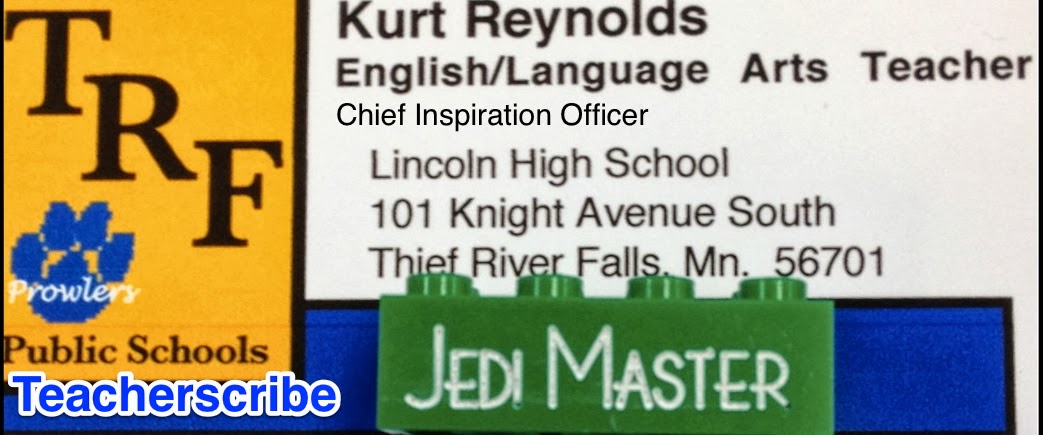Teacherscribe’s Teaching Tip #94
What a title!
This article focuses on project based learning and the stumbling blocks students often encounter while doing them.
Stumbling block #2 – The structure of the unit is compromised
The hardest part about project based learning is that there is no clear roadmap for students to follow. That was one thing my seniors in Lit and Lang 12 struggled with. I gave them the final target date and format (it had to be a presentation), but the rest was up to them. It could be informative, how to, a day in the life . . . There was no clear-cut roadmap. The students had to figure all that out.
Here are some tips to avoid the second stumbling block
- A hybrid of PBL and projects: allow students to choose a specific topic within a broader category (i.e. choose an industry in which to start a business).
- Differentiate the structure of the project for student groups based on need (some groups can be given a daily goal while others are given a weekly goal, and other groups determine their own goal).
- Remember that PBL is not an instructional strategy. Research based high-impact instructional strategies need to be embedded into PBL units. Appropriate content (subject matter, accessibility, format) should be selected for different learners.
Teacherscribe’s Teaching Tip #95
What a title!
This article focuses on project based learning and the stumbling blocks students often encounter while doing them.
Stumbling block #3 – students must follow a predetermined schedule or format for the unit.
Students are so used to the “Sit and get” approach in classes – that is they show up and are told what to do and have routines that they follow to ensure that whatever needs to be done gets done.
Now the problem is that a lot of the work we do today doesn’t resemble that at all. As Dave Ramsey is fond of saying – “you have to go out and kill something and drag it back to the cave.”
In a PBL unit, there is little “sit and get.” The students do all the work and set their deadlines and schedules. This is a shock for many.
What I do is give students a self-evaluation guide that can help them manage their time and limit their distractions – here is the link.
I have students complete it at the start of the block – when they have the full block to work – and then I have them return to it at the very end to assess how much they were able to actually get done.
Here are some suggestions to avoid this stumbling block –
- Determine what standards and/or skills are being assessed.
- Create a solid structure that allows for students to have flexibility in acquiring content and moving at their own pace. I like to create phases of projects (i.e. reading, writing, speaking). Each phase includes different “parts” that assess different skills or standards.
- Use appropriate formative assessment to monitor students’ mastery level of the skills and standards. Students can work through the phases at their own pace until they show mastery of each standard assessed.
- Embed small group and individual conferencing that provide students with actionable feedback.
- Give timely, non-attribute feedback frequently (instead of “great job” or 100%, try something that restates the learning objective: “You have selected two relevant texts about entrepreneurship in the tech space. I can clearly see both experts perspectives with the text evidence you state. Now, determine which perspective would be most helpful to you as you write your business plan and why. Then, share your next steps for additional feedback.”)
Teacherscribe’s Teaching Tip #96
Is busy work in the classroom really such a bad thing?
Personally, if it helps drive home a key concept, I’m all for busywork.
But if it is just to keep kids mindlessly busy so I can get lesson plans for next week ready or papers graded – and that is all that it does- then it’s busywork and I don’t see the merit in it.
But it took me a few years to get to that point.


No comments:
Post a Comment